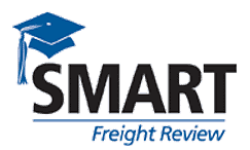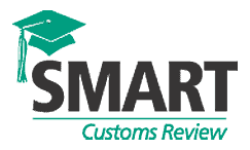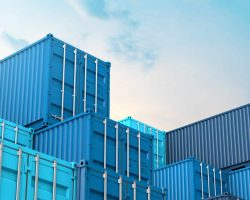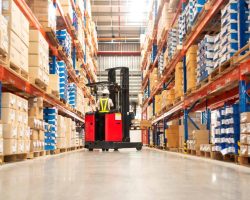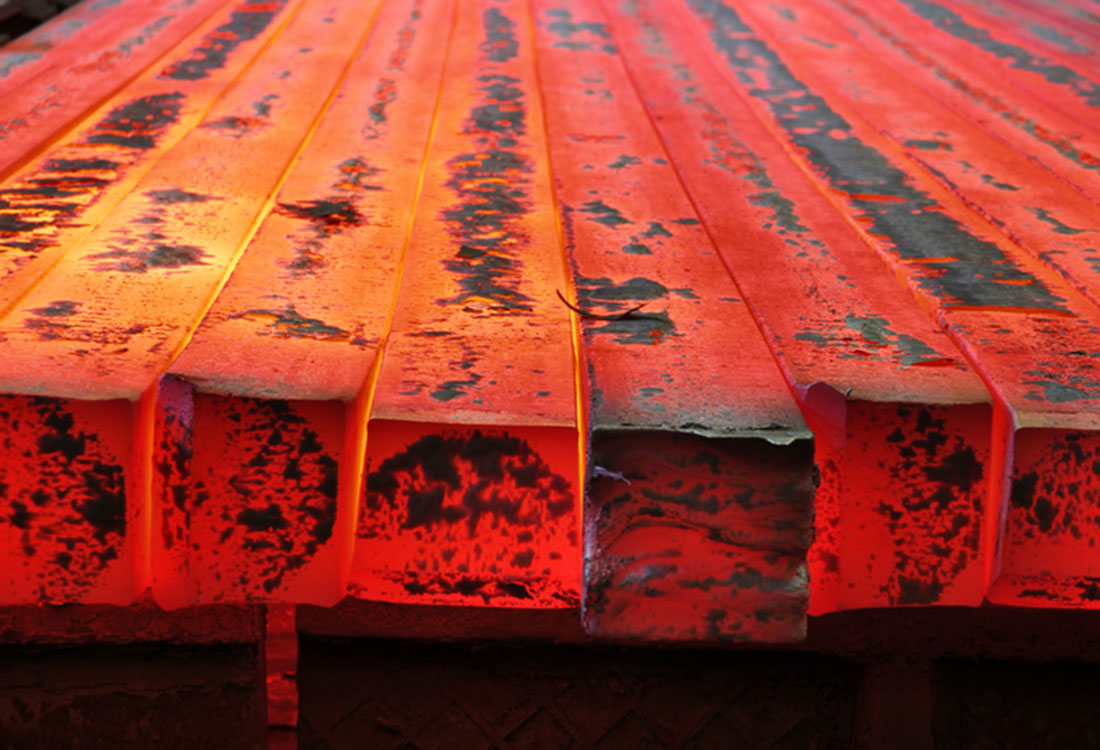
Customs authorities in both Canada and the U.S. will require importers to identify the county of melt and pour (COM) on imports of steel.
The country of melt and pour refers to the original location where the raw steel is first produced in a steel-making furnace in a liquid state and then poured into its first solid shape. The first solid state can be either a semi-finished product (slab, billets or ingots) or a finished steel mill product. The location of melt and pour is customarily identified on mill test certificates, generated at each stage of the production process and maintained in the ordinary course of business.
To ensure this information is available during import, importers must ensure the COM is indicated on their import commercial documents to prevent delays at Customs.
Canada
On February 21, 2024, the Honourable Mary Ng, Minister of Export Promotion, International Trade and Economic Development, announced that as of November 5, 2024, steel importers will be required to report “country of melt and pour” information to the Canada Border Services Agency (CBSA) when completing their customs declarations under Canada’s Steel Import Monitoring Program.
The Global Affairs Canada regulatory changes will add the reporting of the country of melt and pour for steel importations as a condition of using the General Import Permit (GIP 80 and GIP 81).
Carbon steel products (ICL item 80) include semi-finished products (ingots, blooms, billets, slabs and sheet bars), plate, sheet and strip, wire rods, wire and wire products, railway-type products, bars, structural shapes and units, pipes and tubes, but excludes the specialty steel products referred to in item 81. These items are covered by HS headings 7206-7217, 7225-7229, 7302, 7304-7306.
Specialty steel products (ICL item 81) are stainless steel flat-rolled products (sheet, strip and plate), stainless steel bar, stainless steel pipe and tube, stainless steel wire and wire products, stainless steel in ingots or other primary forms, semi-finished products of stainless steel, alloy tool steel, mold steel and high-speed steel. These items are covered by HS headings 7218-7224, 7301, 7308, 7312-7313, and 7317.
Global Affairs Canada will analyze and publish this data in the steel import monitoring program reports.
For more information and FAQs, please reference the notice and news release from Global Affairs Canada.
USA
President Joseph Biden determined that, as per Proclamation 10783, effective November 21, 2024, importers are required to report to U.S. Customs and Border Protection (CBP) the country of melt and pour for certain imported steel articles from all countries and for imported derivative steel articles that are products of Mexico; regardless of whether Section 232 duty treatment, quota treatment, or exception treatment applies.
For purposes of implementing the melt and pour requirements in this and other proclamations, importers of steel and steel derivative articles shall provide to CBP the information necessary to identify the countries where the steel used in the manufacturing of steel article imports, covered by clause 1 of Proclamation 9705, and derivative steel articles, specified in Annex II of Proclamation 9980, are melted and poured. CBP shall implement the melt and pour information requirements as soon as practical.
Steel articles are defined at the HTSUS 6-digit level as 7206.10 through 7216.50, 7216.99 through 7301.10, 7302.10, 7302.40 through 7302.90, and 7304.10 through 7306.90, including any subsequent revisions to these HTSUS classifications.
Derivative steel products:
(A) nails, tacks (other than thumb tacks), drawing pins, corrugated nails, staples (other than those of heading 8305) and similar articles of iron or steel, whether or not with heads of other material (excluding such articles with heads of copper), suitable for use in powder-actuated hand tools, threaded (described in subheading 7317.00.30); and
(B) nails, tacks (other than thumb tacks), drawing pins, corrugated nails, staples (other than those of heading 8305) and similar articles of iron or steel, whether or not with heads of other material (excluding such articles with heads of copper), of one piece construction, whether or not made of round wire; the foregoing described in statistical reporting numbers 7317.00.5503, 7317.00.5505, 7317.00.5507, 7317.00.5560, 7317.00.5580 or 7317.00.6560 only and not in other statistical reporting numbers of subheadings 7317.00.55 and 7317.00.65;
(C) bumper stampings of steel, the foregoing comprising parts and accessories of the motor vehicles of headings 8701 to 8705 (described in subheading 8708.10.30); and
(D) body stampings of steel for tractors suitable for agricultural use (described in subheading 8708.29.21).
For more information and FAQs, please reference CSMS # 62582900 – GUIDANCE: Section 232 Melt and Pour Requirements.
For more information or to discuss how this may affect your business, please contact Marion Bradnam, General Manager – Customs Services or Lukas Hamann, Manager – Border Clearances.
